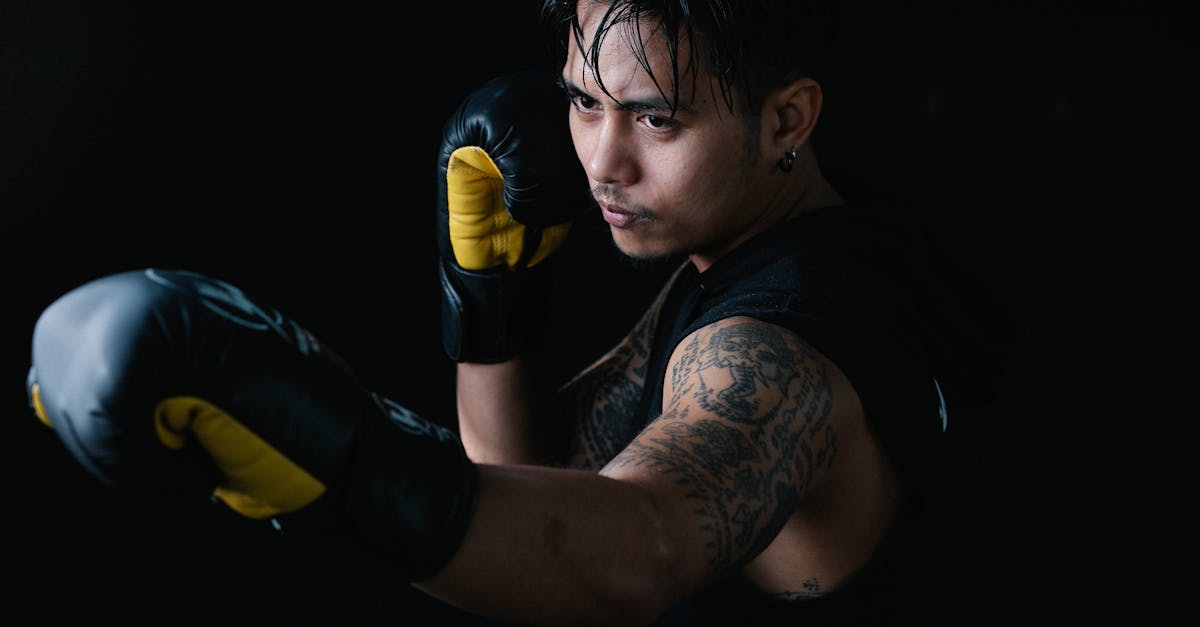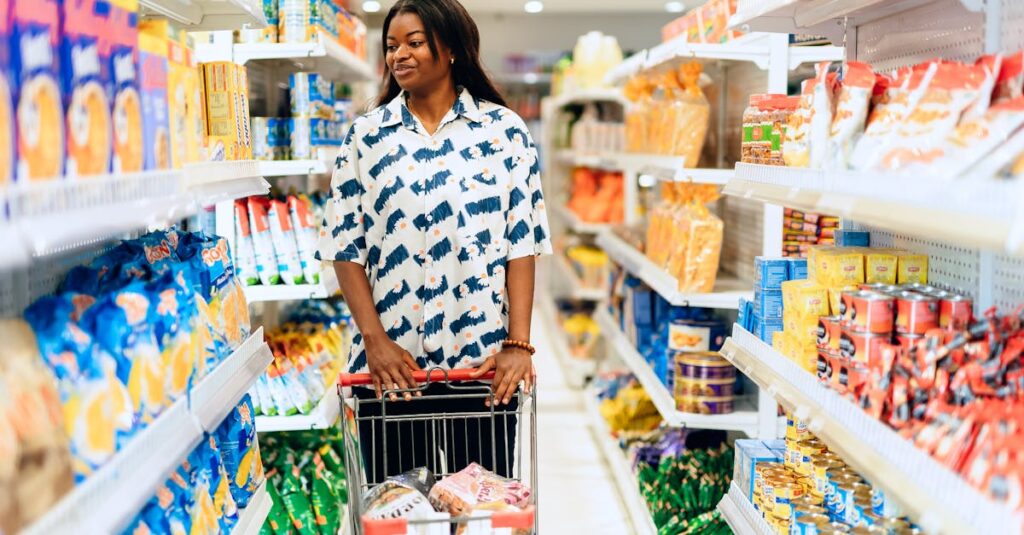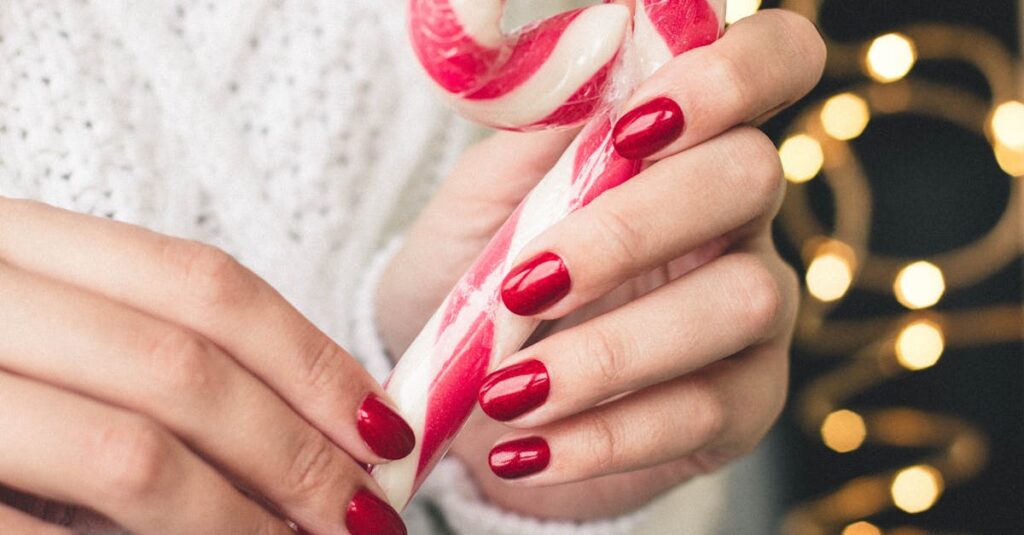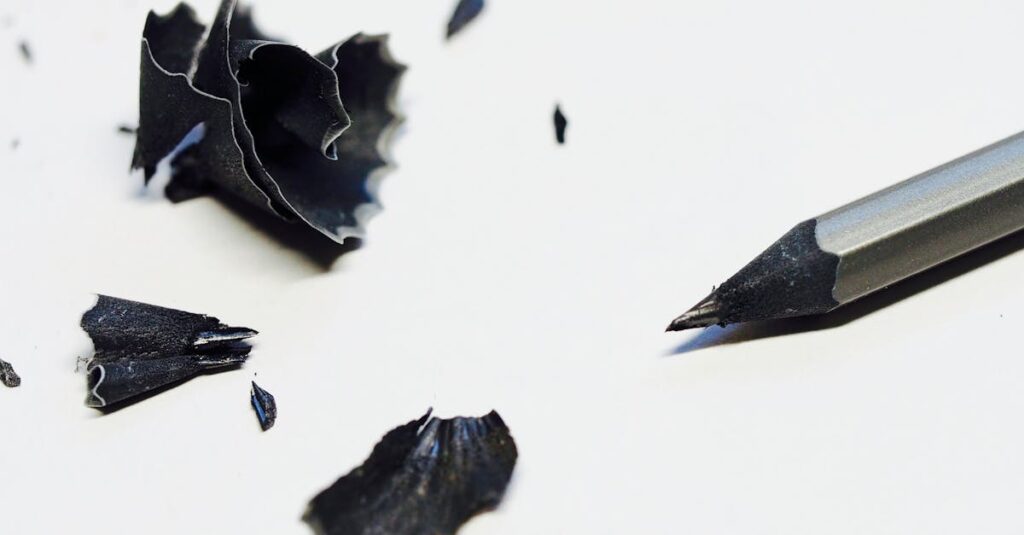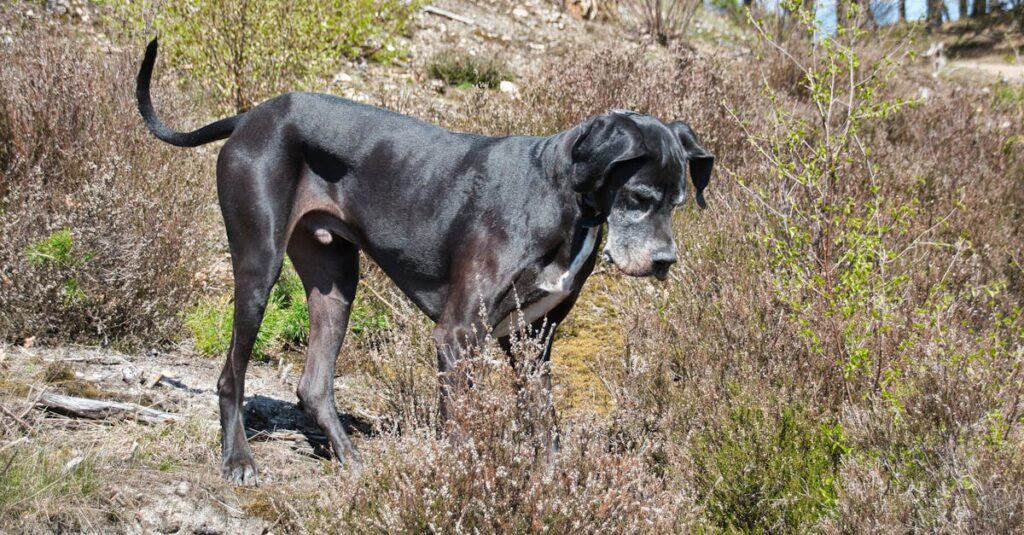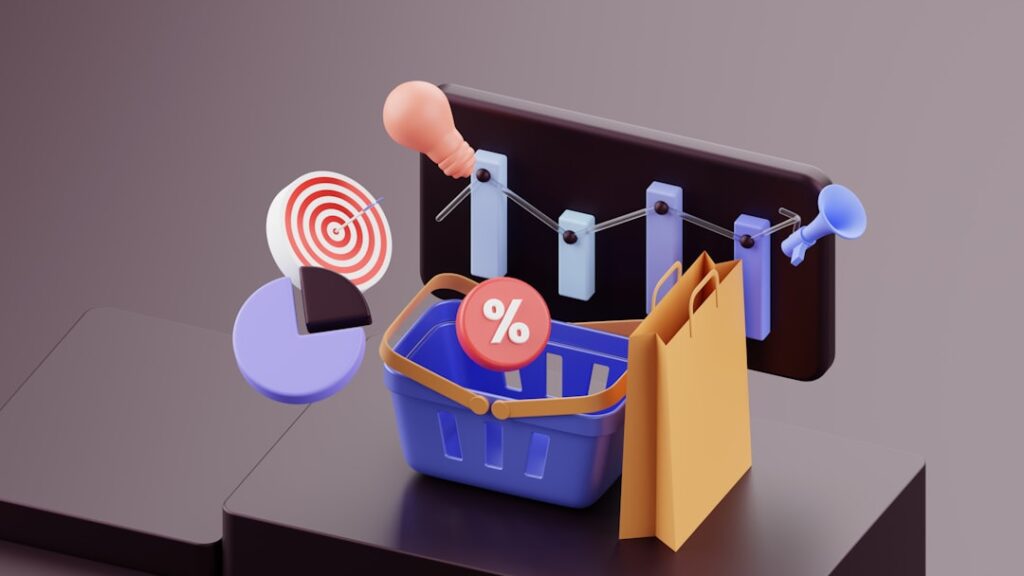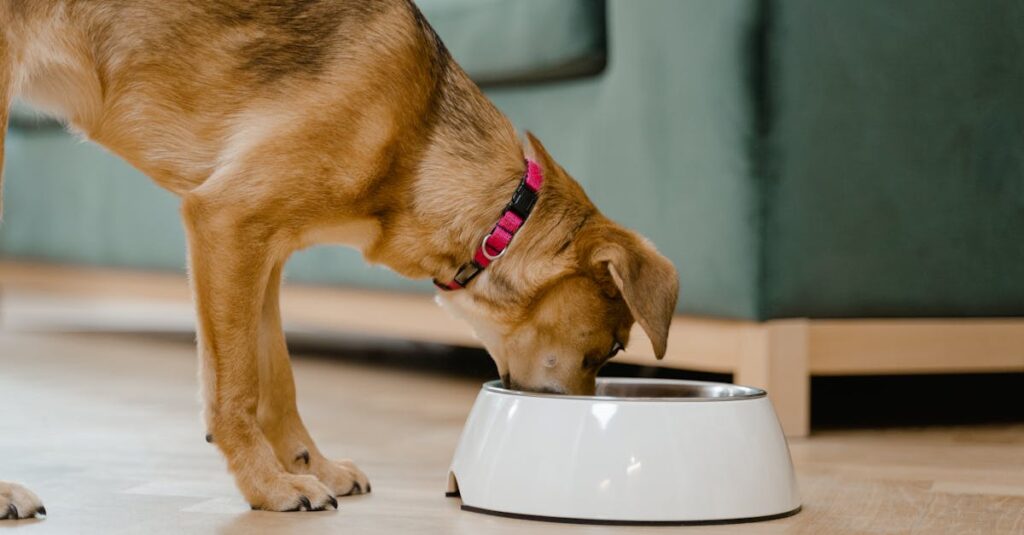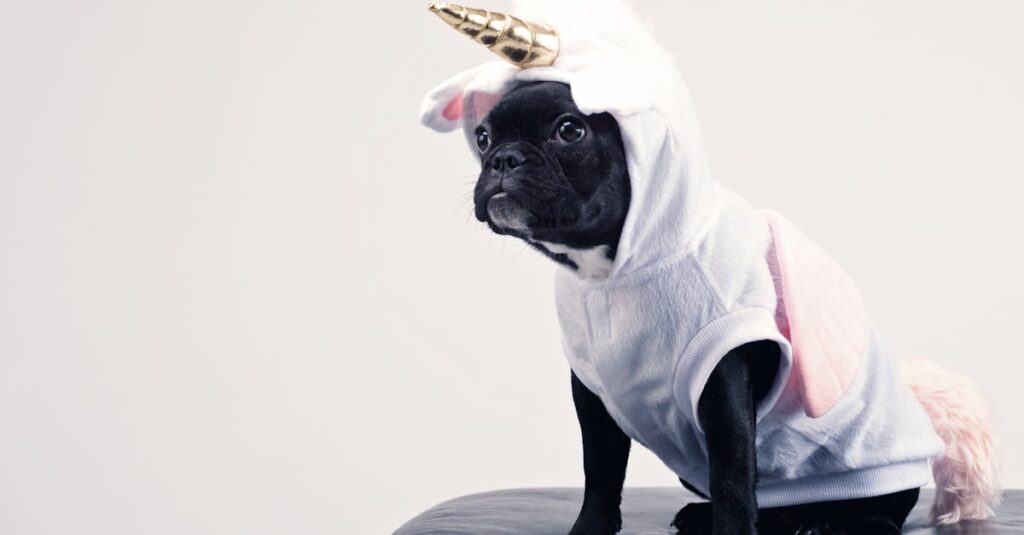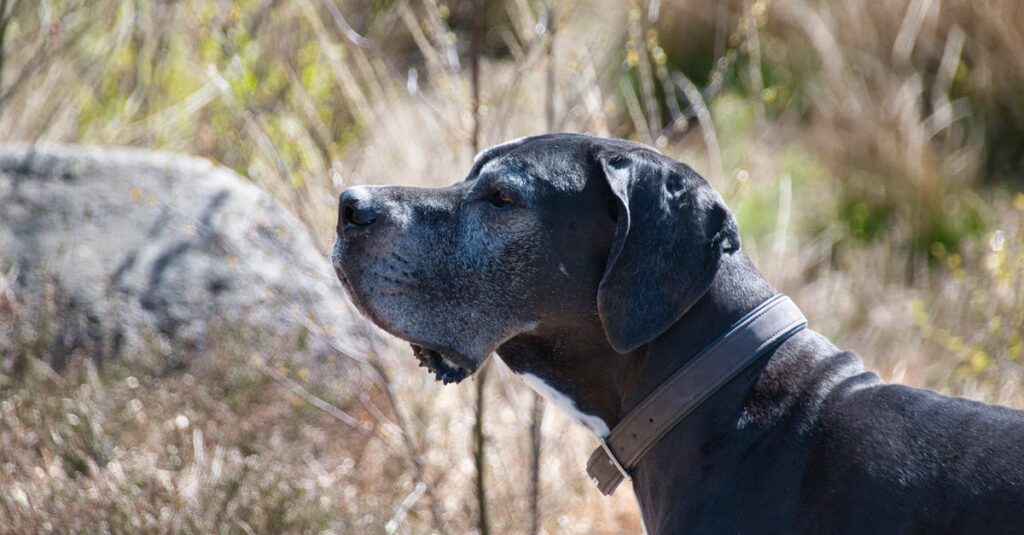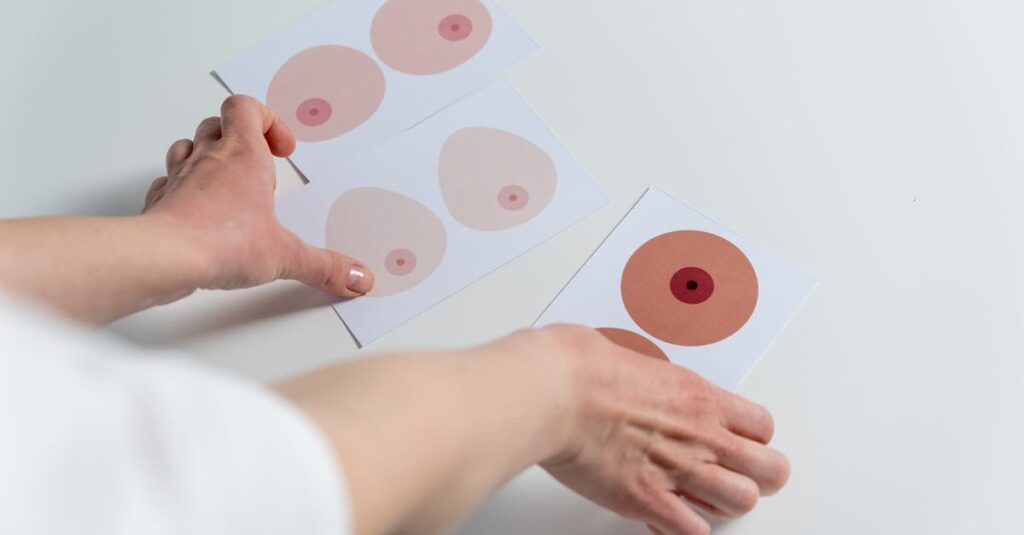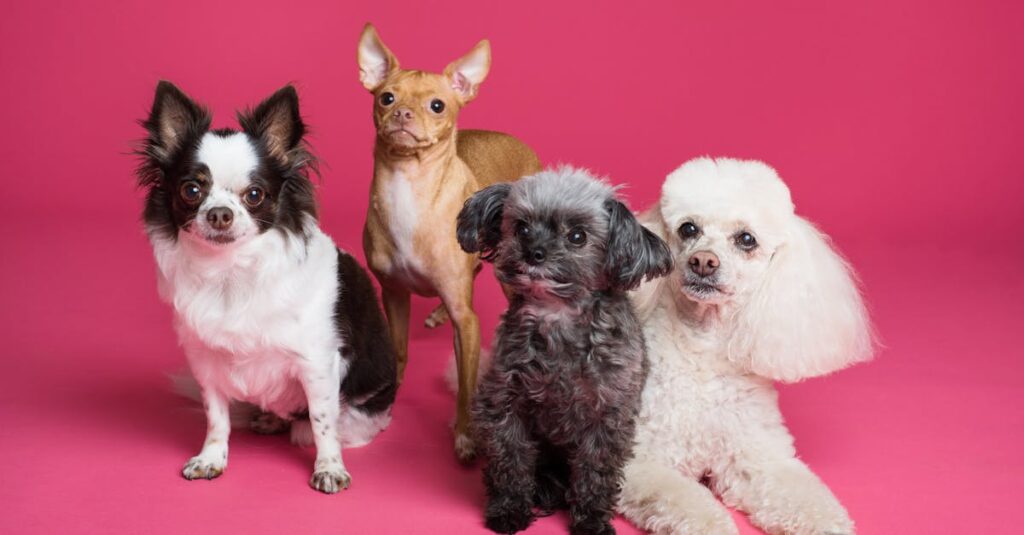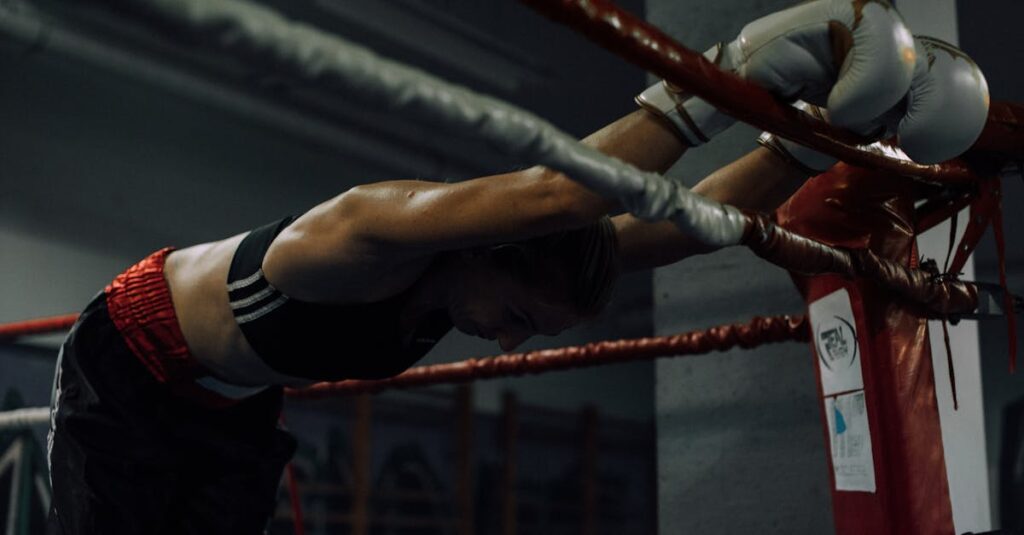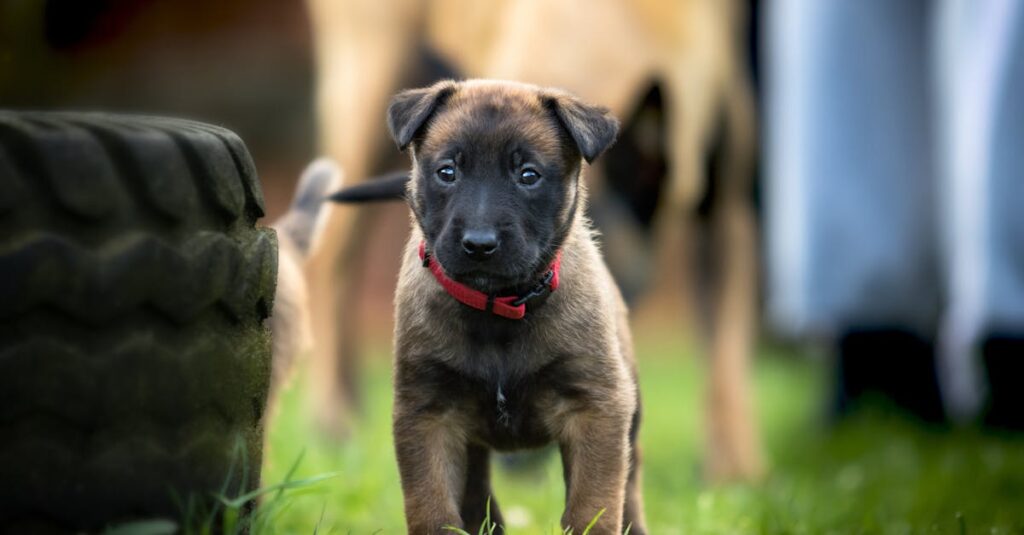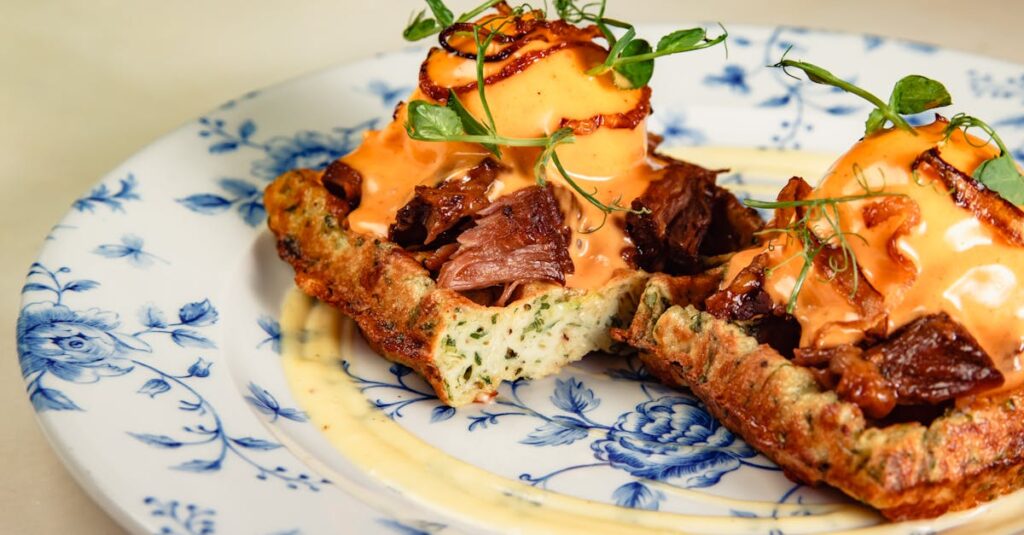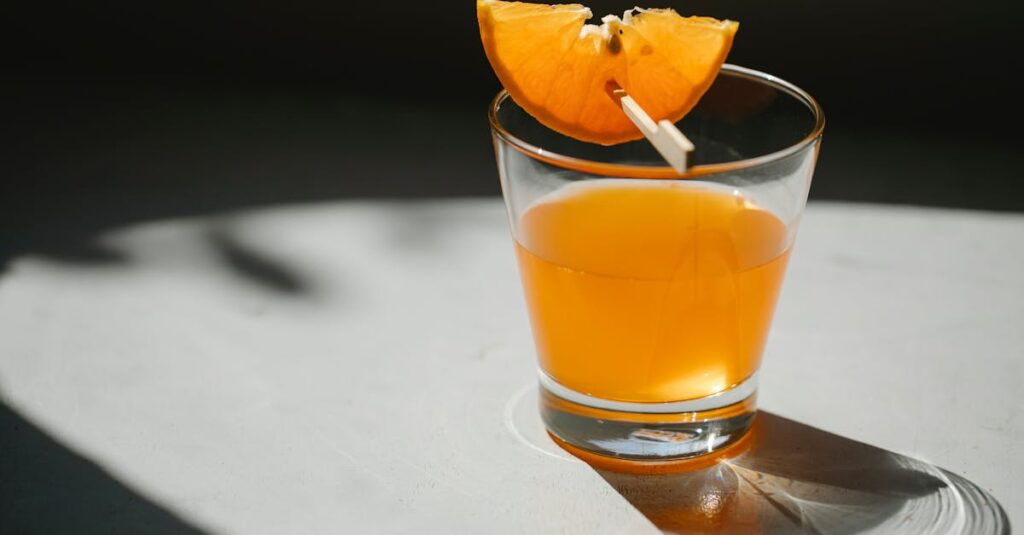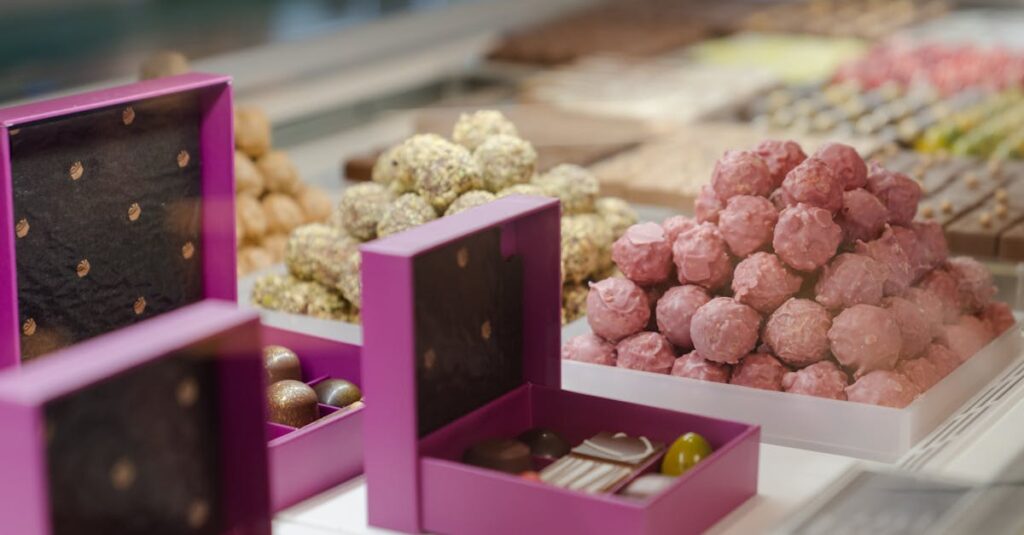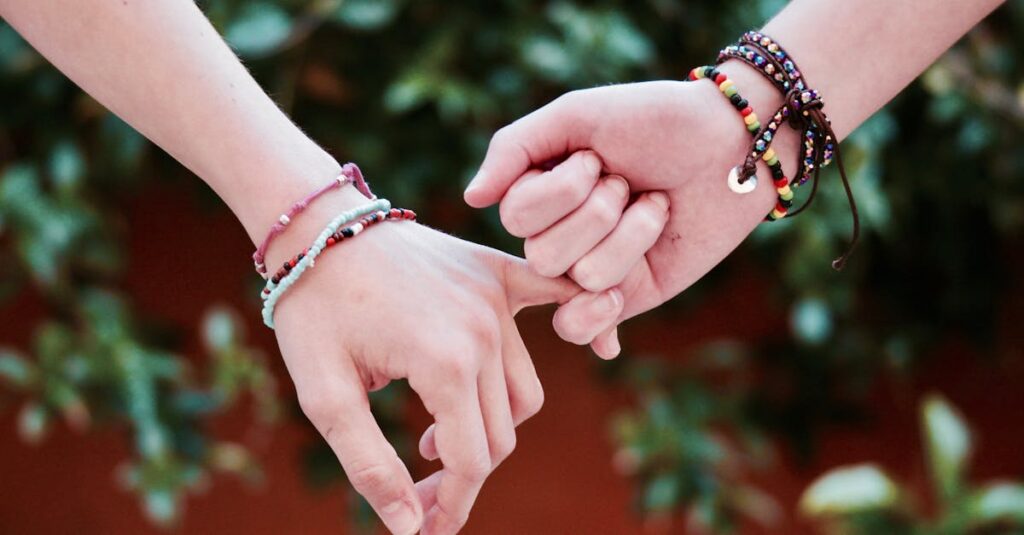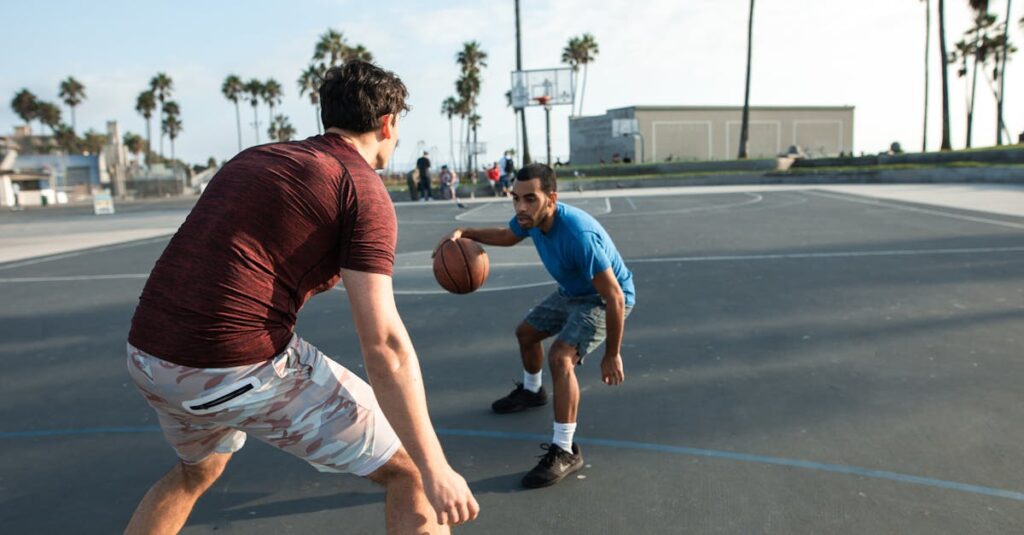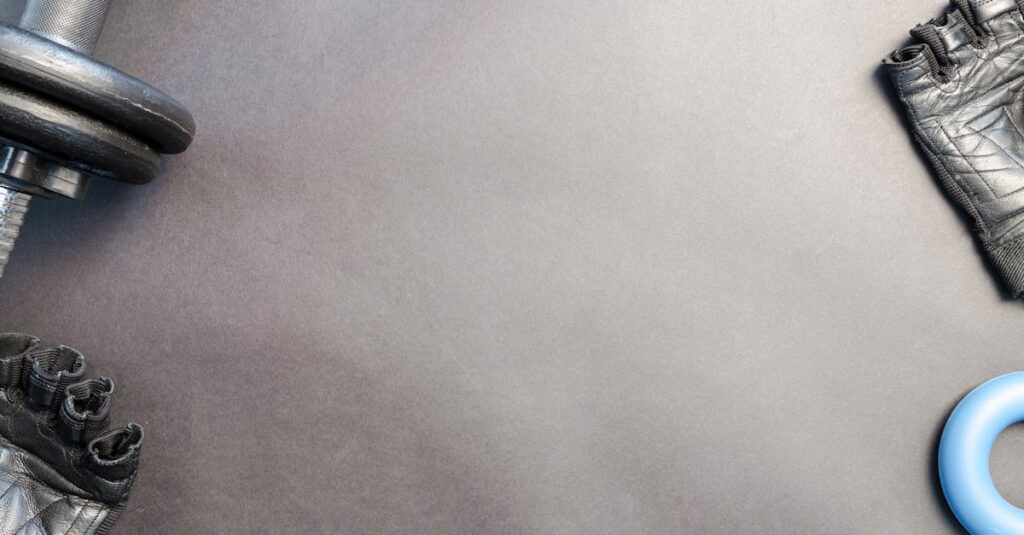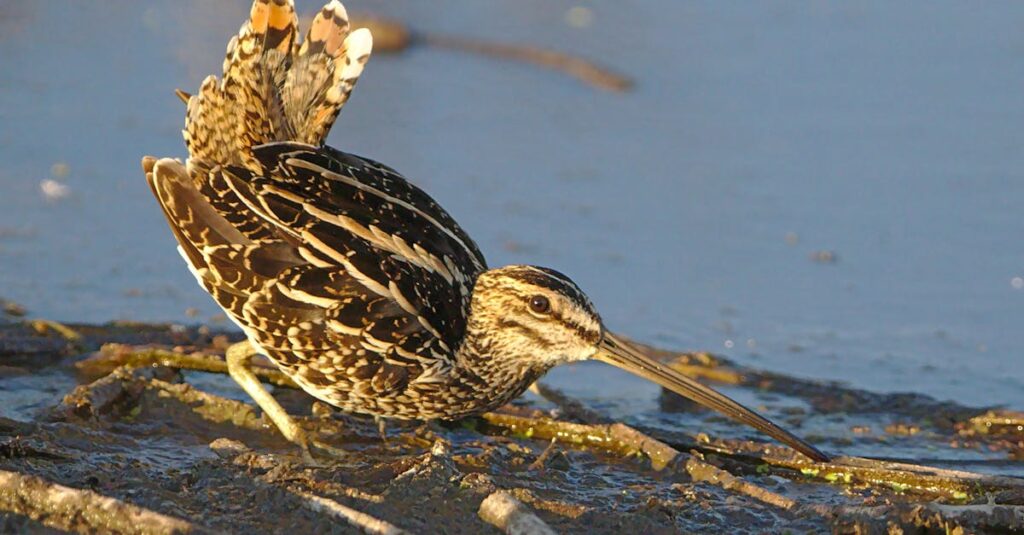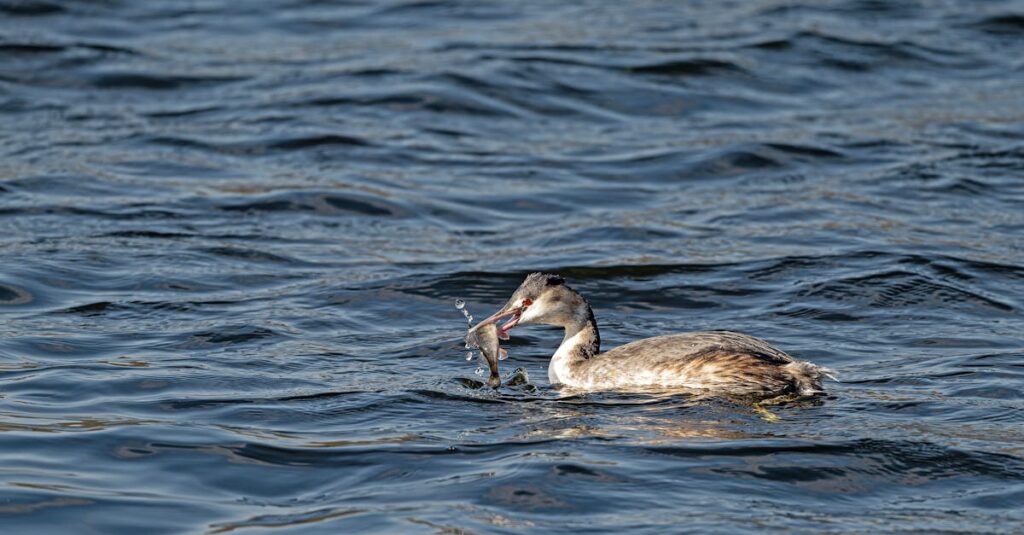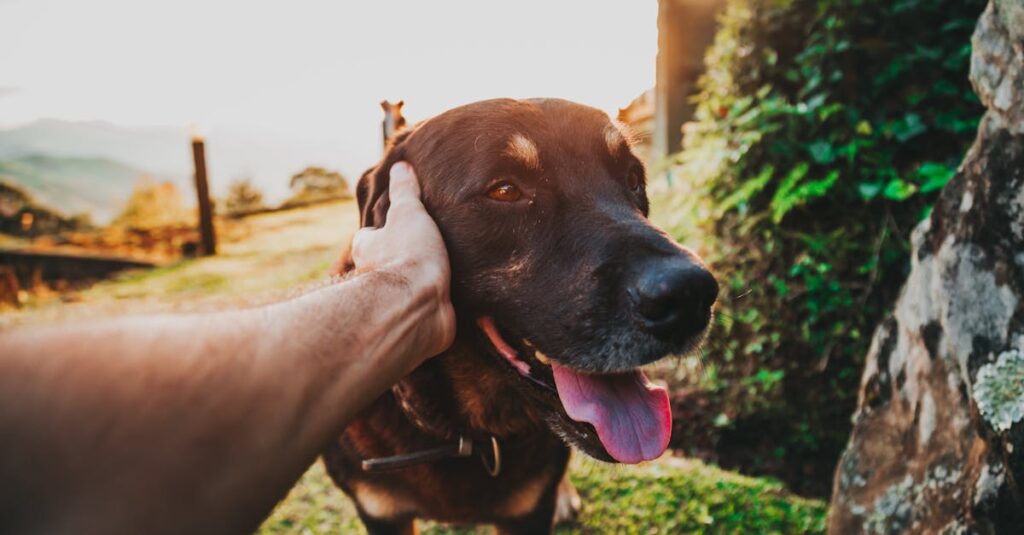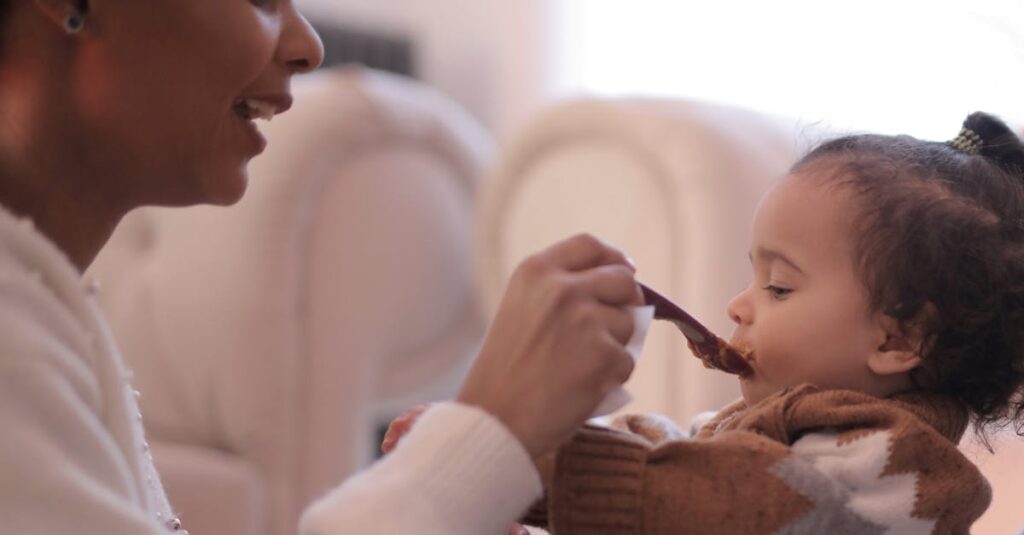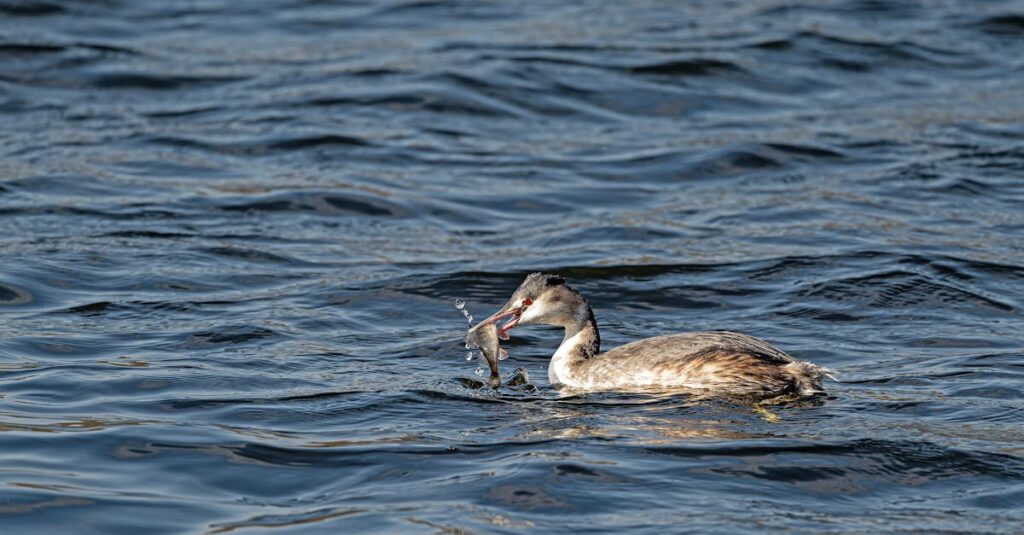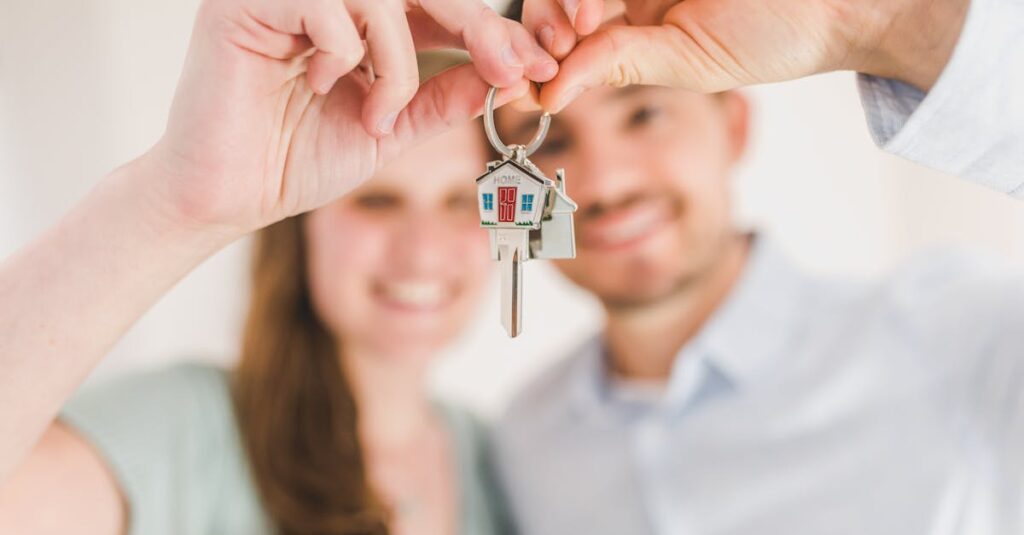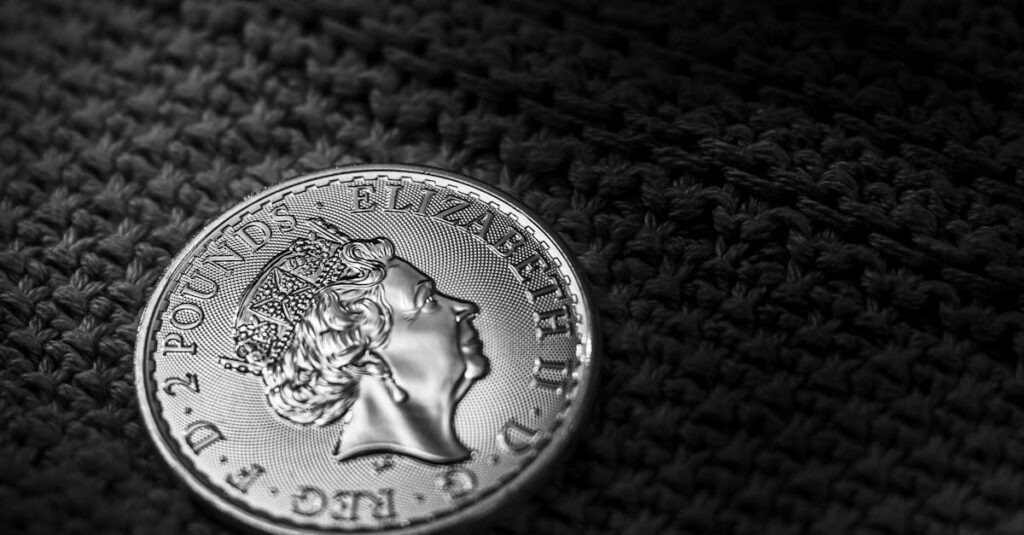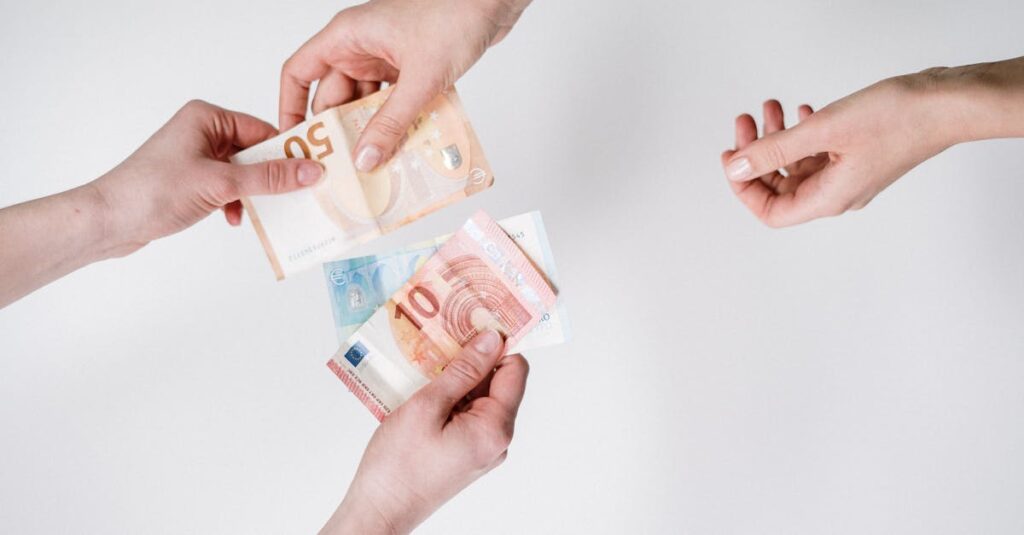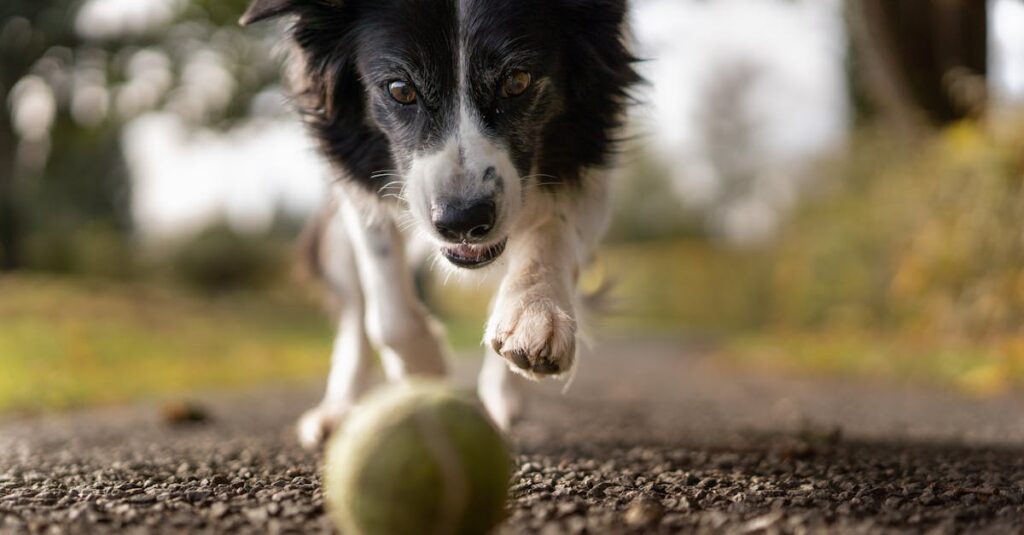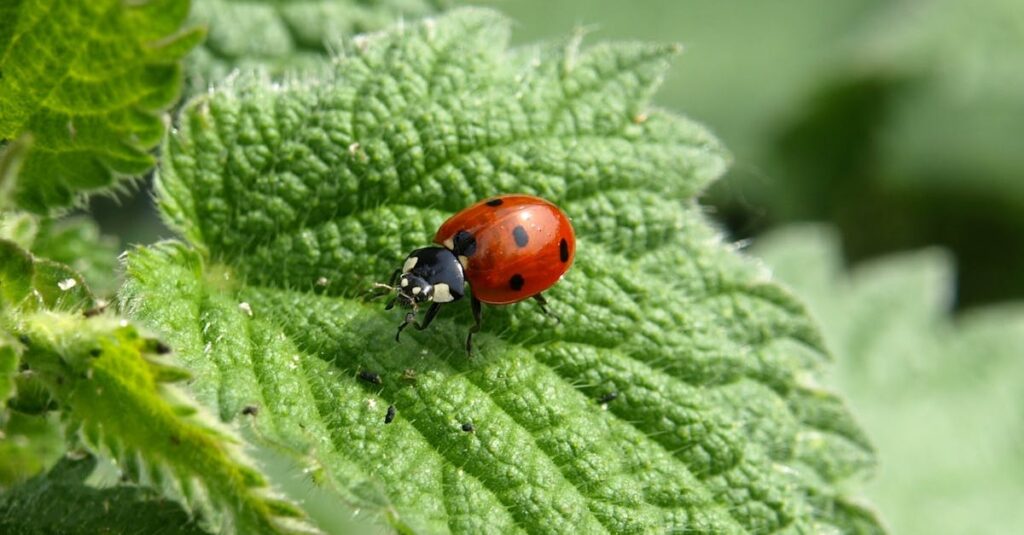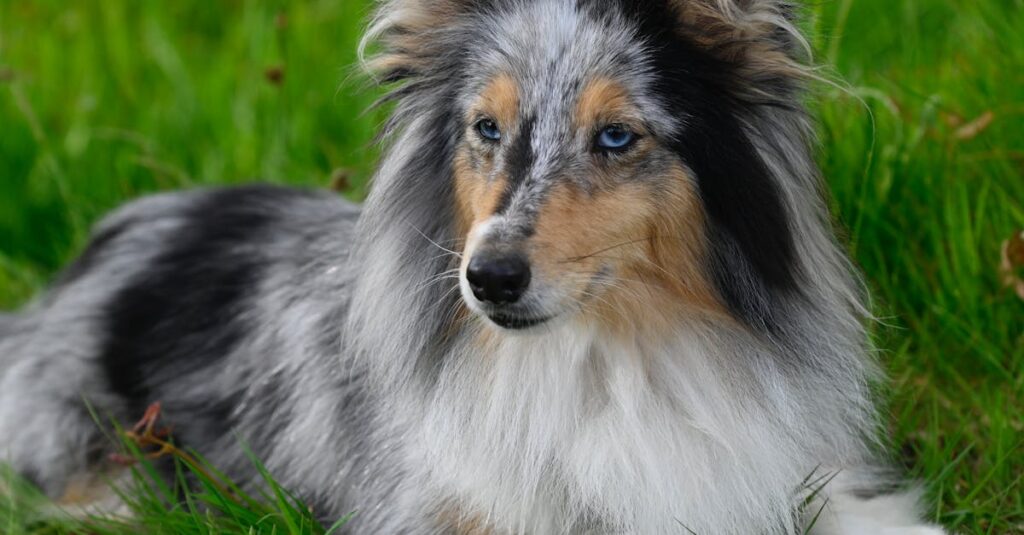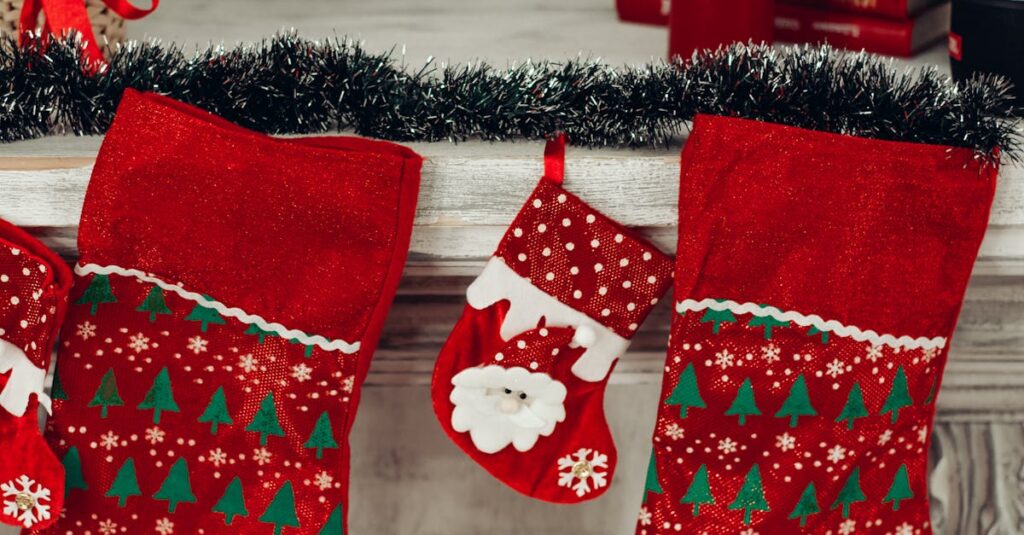When your gentle giant suddenly shows signs of aggression, it can be shocking and worrisome. Great Danes are known for their calm and affectionate nature, yet behaviors like growling, snapping, or lunging appear, leaving you wondering: Why is my Great Dane becoming aggressive? Understanding the root causes is essential because unchecked aggression poses real dangers—for your family and your dog. But don’t worry, with the right knowledge and strategies, you can manage and even reverse aggressive tendencies.
Key Reasons Behind Great Dane Aggression and Growling
Great Dane aggression rarely arises without reason. Identifying these causes is the first step to effective intervention. Here are the main triggers I’ve observed through years of expertise:
- 🐾 Fear and Anxiety: New environments, loud noises, or unfamiliar people can cause a Great Dane to act defensively.
- 🏡 Territorial Instincts: These majestic dogs feel compelled to protect their home and family.
- ⚠️ Lack of Socialization: Insufficient exposure during puppyhood can lead to fear-based aggression later.
- 💊 Medical Issues: Pain or discomfort from injuries or illnesses often trigger sudden aggression.
- 👨👩👦 Protective Behavior: Loyalty can make your Dane aggressive toward perceived threats to loved ones.
- ⚔️ Dominance and Hormonal Imbalances: This is often observed in intact males or dogs asserting control.
- 🧠 Past Trauma: History of abuse or neglect can create defensive aggression.
To better visualize, here’s a quick overview:
| Cause 🔎 | Typical Behavior 🐶 | Recommended Action ✅ |
|---|---|---|
| Fear/Anxiety | Growling, cowering, avoidance | Gradual desensitization, positive reinforcement |
| Territorial Instinct | Growling, barking at visitors | Controlled introductions, boundary training |
| Medical Issues | Sudden aggression or irritability | Veterinary examination, treatment |
| Lack of Socialization | Fear-based aggression | Early exposure, socialization classes |
What Your Great Dane’s Growl Can Tell You About Their Aggression
Growling isn’t just a warning—it’s a language. Great Danes use growls to communicate feelings ranging from playfulness to serious discomfort. Recognizing the context can prevent escalation.
- 🎭 Play Growl: Loose, wiggly body, relaxed face.
- ⚠️ Warning Growl: Stiff posture, direct stare, ears forward.
- 😨 Anxiety or Fear: Low posture, avoiding eye contact, tail tucked.
- 🤕 Pain-Related Growl: Aggression triggered by touch or movement.
For instance, I once had a Great Dane named Max who growled when children approached too quickly. Instead of punishment, we taught the kids how to approach calmly and rewarded Max’s relaxed behavior with treats from trusted brands like KONG and BarkBox. Gradually, growling became a thing of the past.
Handling Growling at Children
If your Great Dane growls at a child, prioritize safety without harsh punishment. Calmly separate them and supervise all interactions closely. Teaching kids to respect the dog’s space is vital. Professional trainers can also devise tailored behavior plans. Consider effective tools like PetSafe harnesses for better control during these moments.
When Growling Occurs Toward Strangers
It’s normal for your Great Dane to be wary of strangers, but growling here is a signal to act.
- 👮♀️ Keep your dog securely leashed with a comfortable collar (martingale is great for Great Danes).
- ❌ Avoid allowing strangers to feed treats directly; instead, use rewards for your dog focusing on you.
- 🐕 Use gradual desensitization to strangers combined with positive reinforcement.
- 💡 Consult your vet about Fear Free handling techniques for vet visits.
This structured approach ensures safety while gradually building confidence.
Training Techniques to Manage and Prevent Aggressive Behavior in Great Danes
Training is your most powerful tool when your Great Dane becomes aggressive. The trick is to stay consistent and patient, focusing on positive reinforcement.
- 🎯 Identify Triggers: Observe what sparks aggression—other dogs, food, strangers—and work specifically on those.
- 👍 Positive Reinforcement: Reward calm and good behavior with treats from Blue Buffalo or Hill’s Science Diet, and verbal praise.
- 🛑 Leash Management: Maintain a loose leash to reduce anxiety. Tight tension often escalates reactivity.
- 🔄 Desensitization & Counter-Conditioning: Gradually expose your dog to triggers at a distance, rewarding non-aggressive responses.
- 🎾 distract and redirect: Use interactive toys like Nina Ottosson puzzles or KONG toys to focus your Dane’s energy positively.
- 👩🏫 Seek Professional Help: Work with certified trainers experienced with large breeds and aggression.
Here’s a table summarizing key training strategies:
| Behavior 👏 | Training Strategy 🛠️ | Helpful Tools & Brands 🐕 |
|---|---|---|
| Leash Aggression | Loose leash, redirects, positive rewards | PetSafe harness, Blue Buffalo treats |
| Food/Toy Guarding | Trade-up exercises, “Drop it” command | Zignature treats, KONG toys |
| Fear-based Aggression | Desensitization, counter-conditioning | Hill’s Science Diet, Nina Ottosson puzzles |
Preventing Aggression Early: Raising a Well-Adjusted Great Dane Puppy
Prevention beats cure. I’ve seen many owners avoid future aggression by following these crucial steps right from puppyhood:
- 👶 Early Socialization: Expose your puppy to varied people, places, and friendly dogs during the critical window.
- 🎉 Positive Reinforcement: Reward gentle behavior consistently, avoiding harsh punishments.
- 🚦 Clear Boundaries: Establish rules and routines to avoid confusion.
- 🤏 Bite Inhibition: Teach soft mouthing with gentle redirection.
- 🏃 Adequate Exercise: Mental and physical stimulation prevents frustration-related aggression.
- 🩺 Regular Vet Visits: Health issues can manifest as aggression— catch them early.
- 👫 Supervised Interactions: Always monitor your puppy’s play with kids and other pets.
Enrolling in socialization classes is also a smart choice, giving your Dane safe, structured interaction.
Why Genetics Matter — But Aren’t Destiny
Genetics influence temperament, but aren’t the sole determinant. A stressed dam or poor breeder practices can predispose puppies to fear or aggression. That’s why I always stress selecting reputable breeders committed to healthy, well-socialized pups. Moreover, environmental enrichment and positive early experiences are key to a confident Great Dane.
For a deeper dive into your dog’s behavior, check out our article Why Does My Great Dane Nibble Me? to understand more about communication and boundaries.
FAQ About Great Dane Aggression
- ❓ Can aggression in Great Danes be completely cured?
With patience, appropriate training, and sometimes professional help, most aggressive behaviors can be managed effectively.
- ❓ Should I neuter/my Great Dane to reduce aggression?
Neutering can sometimes decrease hormone-driven aggression but is not a guaranteed solution alone.
- ❓ When should I consult a professional trainer or behaviorist?
If aggression poses a safety risk or is difficult to control, early expert intervention is recommended.
- ❓ How do I know if my Great Dane’s growl is serious?
Observe accompanying body language such as stiff posture and direct stare; these indicate a more serious warning.
- ❓ Can diet affect aggression in Great Danes?
Quality nutrition contributes to overall wellbeing, which can impact behavior. Brands like Royal Canin and Purina provide balanced diets that support healthy temperament.

